Sitaclass D 10mg/100mg Tablet
Sitaclass D 10mg/100mg Tablet is an effective antidiabetic medicine used in the management of type two diabetes mellitus. It combines Sitagliptin, a DPP-4 inhibitor, and Metformin, a biguanide, to help control blood sugar levels in adults. This dual-action formula works by increasing insulin release, reducing glucose production in the liver, and improving the body’s response to insulin. Sitaclass D Tablet is generally prescribed when diet and exercise alone are not enough to control blood sugar or when a single antidiabetic medicine does not provide desired results. By maintaining healthy glucose levels, it not only improves daily energy and metabolism but also prevents long-term complications such as kidney damage, nerve problems, vision issues, and heart disease. When used along with a proper diet, regular exercise, and healthy lifestyle changes, Sitaclass D 10mg/100mg Tablet helps patients achieve better diabetes control and improves overall quality of life.
Benefits
-
Helps control blood sugar in type two diabetes
-
Reduces risk of long-term diabetes complications
-
Improves body’s sensitivity to insulin
-
Decreases excess sugar production in the liver
-
Increases insulin release when needed
-
Supports weight management by improving metabolism
-
Reduces frequent urination and excessive thirst
-
Improves overall energy and activity levels
-
Helps maintain healthy blood pressure and cholesterol levels
-
Enhances response to diet and exercise in diabetes control
-
Reduces chances of nerve, kidney, and eye damage
-
Provides dual action for better effectiveness
-
Suitable for patients uncontrolled on single therapy
-
Supports long-term diabetes management
-
Improves quality of life in diabetic patients
Possible Side Effects
-
Nausea or vomiting
-
Stomach pain or cramps
-
Loose stools or diarrhea
-
Loss of appetite
-
Headache or dizziness
-
Low blood sugar in rare cases
-
Metallic taste in mouth
-
Mild skin rash or itching
-
Weakness or tiredness
-
Rare lactic acidosis with symptoms like fast breathing, severe weakness, or confusion
How to Use
-
Take exactly as prescribed by the doctor
-
Usually taken with meals to reduce stomach upset
-
Swallow whole with water without chewing or crushing
-
Follow a fixed time daily for better effect
-
Do not skip or double the dose
-
Continue along with proper diet and exercise
How it Works
-
Sitagliptin increases insulin release and decreases glucose production after meals
-
Metformin lowers sugar made by the liver and improves insulin sensitivity
-
Combination provides stronger control of blood sugar
-
Helps body utilize glucose more efficiently
-
Prevents sudden spikes and falls in blood sugar
What to Avoid
-
Avoid alcohol consumption which increases risk of lactic acidosis
-
Avoid skipping meals to prevent low sugar levels
-
Avoid taking higher doses than prescribed
-
Avoid self-medicating with other diabetes medicines
-
Avoid use if allergic to Sitagliptin or Metformin
-
Avoid high-sugar foods and refined carbohydrates
-
Avoid dehydration by drinking enough water
-
Avoid ignoring symptoms of hypoglycemia
-
Avoid strenuous exercise without medical advice if sugar is uncontrolled
-
Avoid use of expired medicine
Safety Advice
-
Use only under medical supervision
-
Safe for adults if prescribed correctly
-
Not recommended in severe kidney or liver disease
-
Pregnant and breastfeeding women should consult doctor before use
-
Regular monitoring of blood sugar levels is essential
-
Maintain hydration to reduce side effect risk
-
Report persistent stomach upset or severe weakness to doctor
-
Store in a cool and dry place away from sunlight
-
Do not stop medicine suddenly without advice
-
Keep out of reach of children
Precautions
-
Not suitable for patients with severe kidney impairment
-
Use cautiously in liver disease patients
-
Inform doctor about history of heart disease or pancreatitis
-
Avoid use in patients with severe dehydration or infections
-
Stop immediately and seek help if symptoms of lactic acidosis occur
-
Elderly patients require close monitoring
-
Inform doctor about other ongoing medicines
-
Not to be used for type one diabetes or diabetic ketoacidosis
-
Maintain a healthy diet rich in fiber and low in sugar
-
Regular exercise and lifestyle changes are necessary for best effect
Vendor Information
- Address:
- No ratings found yet!
-8%
-10%


























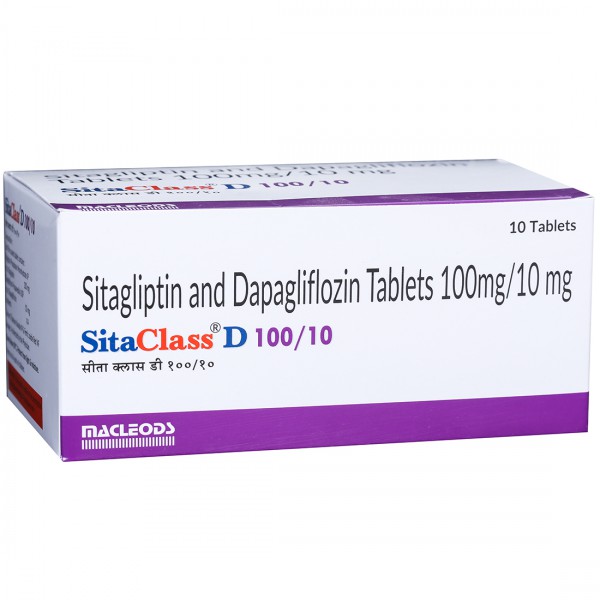
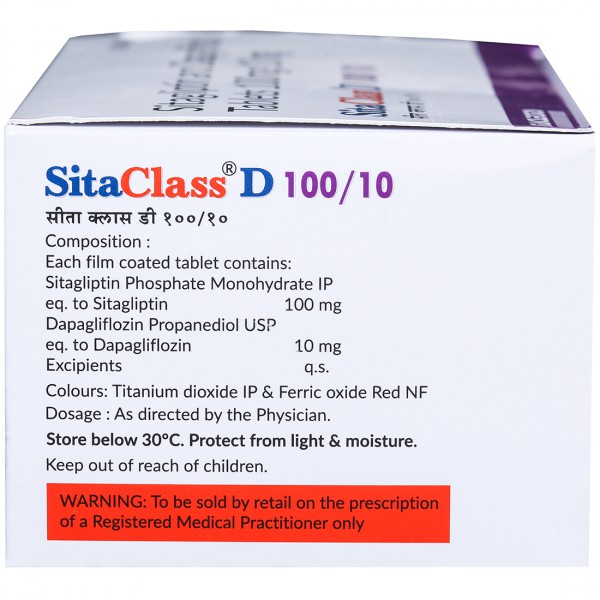
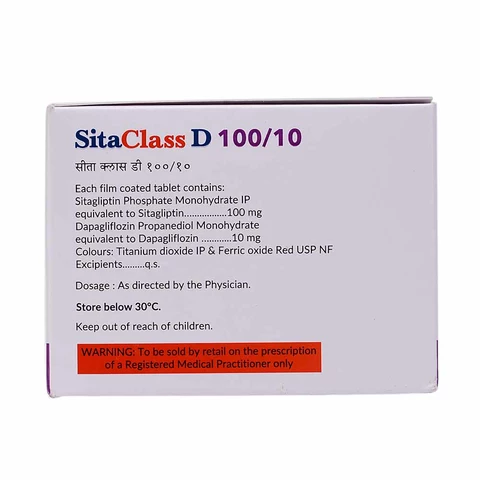
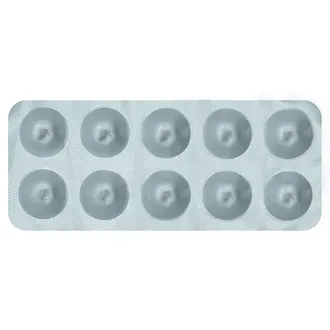
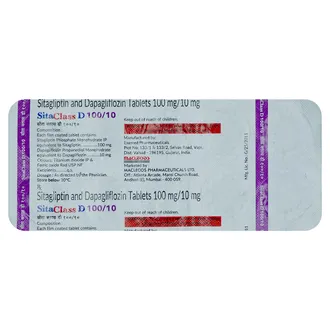
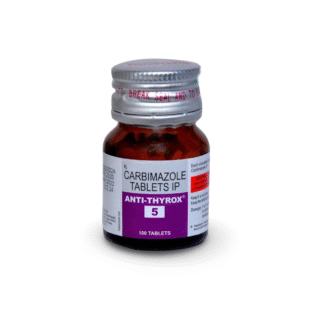

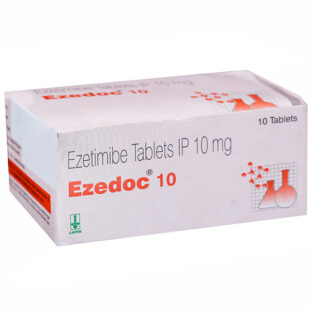
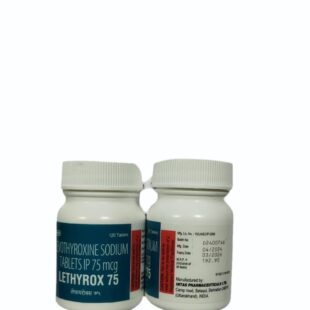
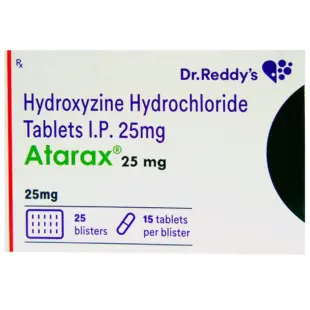


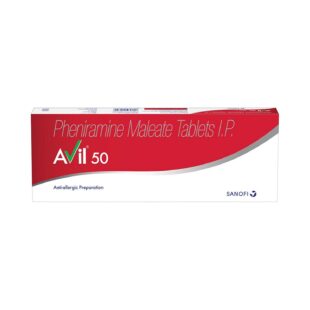
Reviews
There are no reviews yet.